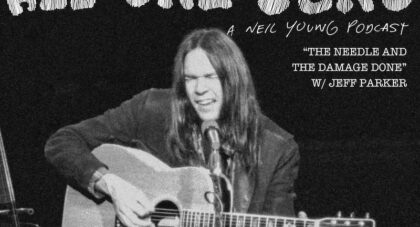Coltrane ’58: The Prestige Recordings compiles every song Coltrane cut as a bandleader in that pivotal year, and captures him at a crucial stage in his journey, his first true attempt to will his sax into new territory . . .
Only the good shit. Aquarium Drunkard is powered by its patrons. Keep the servers humming and help us continue doing it by pledging your support.
To continue reading, become a member or log in.


